Crate training your Boxer pup is a great way to help ensure they are well-behaved, properly mannered and safe when left alone. This guide will show you how! It provides an in-depth look at why crate training for the boxer puppy can be beneficial as well as providing step by step instructions on how best to achieve success with this important method of canine coaching.
Key Takeaways from this Blog
- Crate training a Boxer puppy requires preparation, positive reinforcement and consistency.
- Socialization and obedience training are key to successful crate training for adult boxers.
- Professional assistance may be necessary when dealing with severe anxiety in crate training.
Preparing for Crate Training
When cage training a Boxer, it’s important to be familiar with their breed traits and select the right sized cage. As loyal and energetic pets, this type of training can lead to an excellent relationship between your dog and family. To ensure success in boxers’ instruction, there are three main steps: understanding boxer qualities, picking out a suitable cage, and positioning the enclosure in somewhere comfortable for you both. With these preparation techniques handled properly, trainees will have greater chances of attaining ideal results from puppy education sessions!
Boxer Characteristics
Many adult dogs and pups make ideal family members given proper training, exercise, and socialization. The boxer breed is renowned for its lively temperament that also makes it patient and tolerant of children. Training requires patience with positive reinforcement methods used to communicate clearly as well as persistence in order to be consistent throughout the process early on so they can become obedient companions in adulthood. Proper stimulation should not be overlooked either. Their exuberant nature needs regular mental activities aside from physical activity or else undesirable behavior may develop due to boredom.
Crate Selection
Crate training is an important part of puppy rearing, and the perfect crate should provide stability as well as be simple to clean. A metal or plastic structure that enables your Boxer pup to comfortably stand up in it, turn around and stretch out is essential. For a growing dog’s benefit, you may need to buy one with dividers so you can adapt its size if needed without leaving excessive room inside, which could cause accidents. So invest time in finding a secure base suitable for their life-span where they are safe and comfortable during this crucial period of learning.
Location and Setup
Put the crate in a family room that is well-used to make your Boxer pup feel at home and lessen any potential stress. Include amenities such as cozy bedding, drinking water, and playthings for even more comfort. Ensure you close off the door of the cage firmly while keeping it between 68°F–72°F temperature wise so that your puppy stays comfortable inside all day long. Some owners spring for two crates, to keep one in the living room and one in the bedroom for nighttime.
Step-by-Step Crate Training Process
It is now the moment to get your Boxer pup used to their crate. To guarantee that this training goes well, it must be done gradually and make certain that they feel cozy in the den. We will go over three major steps to crate training: giving them a chance to become familiar with the cage, slowly increasing time spent there, and coming up with an habitual schedule.
Preparing for crate instruction properly should ensure success. All it takes is patience on your part so as to enable your puppy relax into its new home away from home!
Introducing the Crate
To get your Boxer pup accustomed to the crate training process, start by offering treats and toys inside the space as a positive reinforcement. This will create an enjoyable experience for them when entering their crate. Once they become comfortable in it, begin providing meals with the door slightly open so that they link being inside with something pleasant. Doing this should help make sure they view their special den as a safe place!
Building Crate Time Gradually
For successful potty training, it’s essential to build up your Boxer puppy’s crate time gradually. To begin with, close the door for short periods while they’re inside and reward them with treats or toys if calmness and calmness is displayed in their enclosure. Increasing this duration as needed over time. Note that patience will be required during this process since there can sometimes be a need of adjustment on behalf of the pup. Make sure you give regular relief breaks every now and then, but don’t forget to double-check if the entrance has been firmly closed afterward!
Establishing Routine and Consistency
Having a steady system in place is key to successful cage training of a Boxer puppy. This includes daily feeding, toilet trips and some outdoor fun that does not involve the cage. Remaining consistent helps your pup comprehend what you expect from them and they will feel secure within their space. Offering reward when good behaviors are displayed while inside the cage serves as reinforcement for proper training techniques with this breed type.
Addressing Common Challenges
When training a Boxer puppy, crate-training can present some obstacles such as dealing with yelping and barking or preventing messes in the enclosure. Here are tips to tackle these usual dilemmas for a successful crate teaching experience both you and your pup will enjoy.
Managing Whining and Barking
When it comes to crate training your pup, you should take the process slow and make sure they feel safe in the box. You can keep their mind busy with toys like interactive puzzles or chewables filled with treats as this will reduce any whining or barking tendencies. Natural supplements such as Groov chews may help manage your puppy’s anxiety while learning how to stay quiet inside of a cage setting.
Preventing Accidents in the Crate
For your Boxer pup, ensure their cage is the correct size so they can comfortably stand up, rotate and lie down. Make sure to give them plenty of opportunities for bathroom breaks depending on how old they are in order to stop any accidents from occurring within the pen. Do not use it as a form of discipline since this will create negative associations with being inside. Instead aim at making a positive environment while gradually increasing its time spent there until he or she feels comfortable and safe when alone in it.
Socialization and Obedience Training
Raising a well-mannered Boxer puppy involves crate training, socialization and obedience training. Exposure to various people, many dogs, other animals, and multiple surroundings will help your pup gain assurance while preventing aggression from developing. Teaching commands like sit or stay are essential in order for the pet to be obedient and easy handleable. With all these elements taken into consideration when raising this type of puppy, one is sure that they have done their best toward fostering a responsible animal companion!
The Role of Socialization
Socializing is a fundamental part of your Boxer pup’s maturation into an adjusted grown-up dog. Starting socialization early helps the pup become more comfortable in different scenarios and decreases the likelihood of anxiety or fear provoked aggression. To start this process, you should expose your new puppy to multiple people, animals and places when they are between 8 to 16 weeks old. Puppy training classes as well as visiting pet stores that welcome dogs along with going outside such as parks can be great ways for introducing experiences for your young pup while encouraging proper socialization at the same time.
Basic Obedience Training
Training your Boxer puppy to understand basic commands is essential for having a well-mannered pet. Positive reinforcement such as giving treats and providing compliments should be used when teaching them how to sit, stay, or come. Training sessions with these basics must be repeated in various environments so that they can become fully accustomed. Then you will have the opportunity of introducing more challenging tasks such as tricks or enrolling them into the AKC Canine Good Citizen Program. Keep in mind this. That patience and consistency are important components which need to be taken into account while training an adorable pup like a boxer!
Crate Training Adult Boxers
Crate training a mature Boxer like any older dog may be more difficult than with an infant, but can still be accomplished using the proper approach. When dealing with adult dogs that have negative past experiences or are very anxious during this procedure, patience and support is essential in order for crate training to succeed. In what follows we will outline approaches on how to deal with prior hardships and extreme anxiety when it comes to cage-training of Boxers.
Addressing Past Experiences
When crate training an adult boxer, it’s essential to address any prior encounters with crates and confinement. To encourage your boxer in adapting this newfound routine without fear or apprehension, positive reinforcement must be used as well as a slow process of familiarizing them with the new area they will call home. Consistency and patience are needed throughout these steps for successful results while helping rebuild their trust within you too! The ability to successfully tackle past experiences is vital when teaching cage training methods to an older boxer.
Dealing with Severe Anxiety
When attempting to cage train an adult boxer suffering from high anxiety, patience and understanding are essential. Severe signs like barking excessively, panic or damaging things can be handled through the help of a vet, dog trainer or behavior expert. Consulting with these professionals is key in order for your pup to have a successful experience while learning how to use their new crate properly. Having someone assist you will not only ensure that this transition period goes as smoothly as possible, but also provide guidance on proper ways of dealing with anxious episodes which may arise during training sessions.
It’s important for owners of adult dogs exhibiting behaviors related to intense fear and distress don’t give up hope – specialized assistance exists out there so they can successfully go through crates instruction without creating Issues regarding their pet’s emotional state.
Summary
Training a Boxer puppy with patience, consistency and positive reinforcement in regards to crate usage can be both gratifying as well as beneficial for pet-owner relationships. Begin by selecting the appropriate size of cage which suits your pup’s temperament and then construct an established routine that includes obedience instructions and socialization activities suitable for your particular pooch, this will set up anyone with a canine companion ready to live life confidently within their boundaries. Patience is key when it comes to succeeding at housebreaking using crates. Perseverance from all involved parties should ultimately result in having enjoyable moments shared between owner/pet!
Frequently Asked Questions
Should you crate train a Boxer puppy?
Using cage training as a tool is key to stopping bad habits and safeguarding the life of Boxer puppies. It should be incorporated into potty training, providing them with somewhere peaceful to rest in between training sessions. Never use it as punishment either. The crate must remain safe and cozy all times.
How much should an 8 week old Boxer puppy sleep?
It is critical for a Boxer puppy’s growth and wellness that it has peaceful, comfortable sleeping quarters. A 8 week old pup needs to be getting approximately 18-20 hours of sleep each day in order to function optimally.
When should Boxer puppies leave their mother?
Puppies should not be separated from their mother and siblings until they are eight weeks old. This process provides vital nutrition from the mother’s milk and helps the breeder transition the puppies onto solid food. It also teaches important lessons through interaction with their mother and playtime among the littermates.
What are the common errors made when crate training a Boxer puppy?
Common mistakes in crate training a Boxer puppy include punishment and inadequate introduction to the enclosure, especially closed. Leaving them locked up for prolonged periods without sufficient rest breaks can hinder their training progress and well-being.
Interesting Reads:
Crate Training a 5 Month Old Puppy Made Easy
How to Crate Train a Pitbull Puppy
Understanding and Managing Dog Leash Aggression: A Guide for Dog Owners

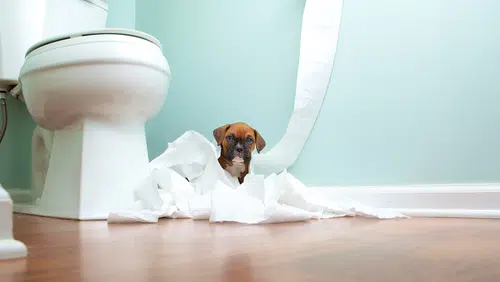
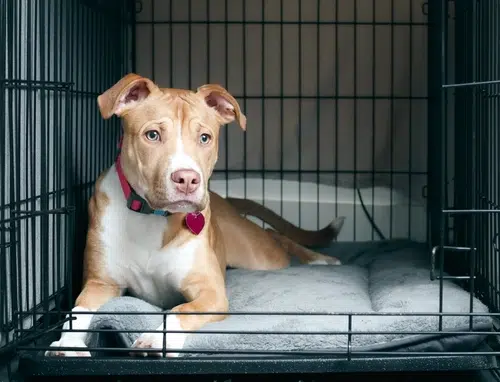
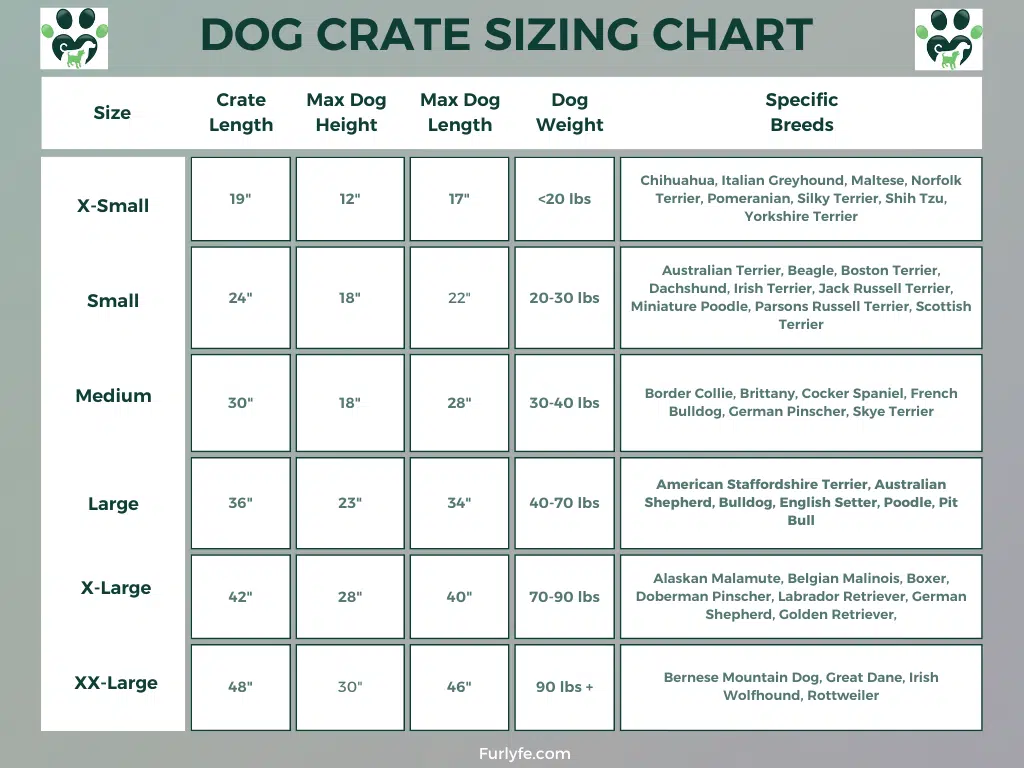
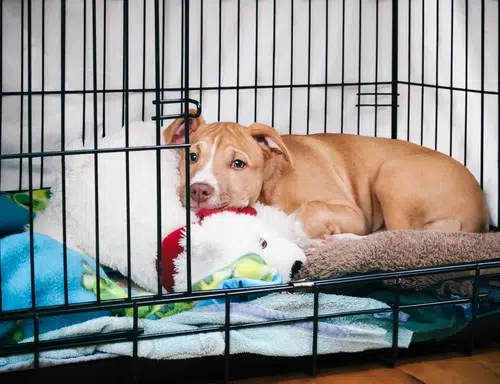
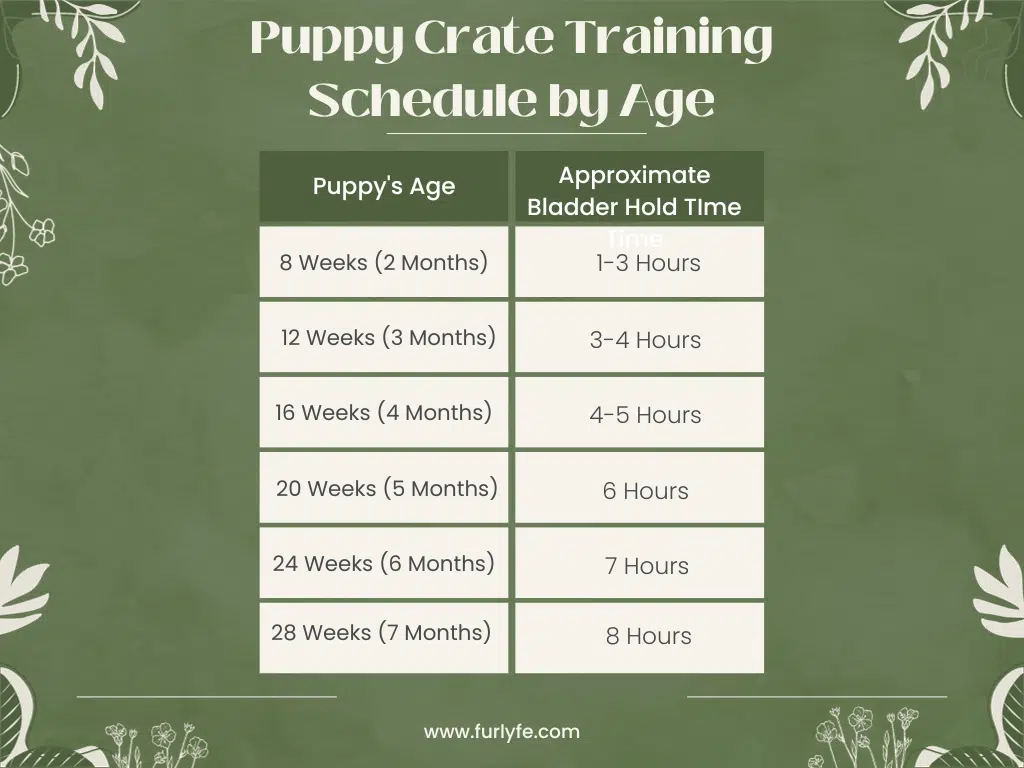
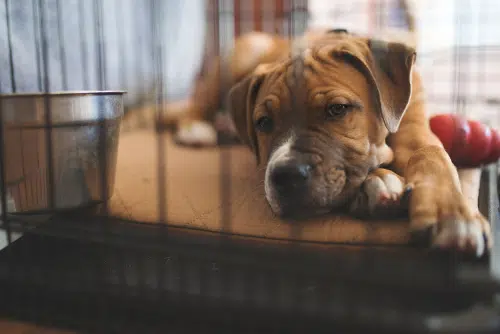
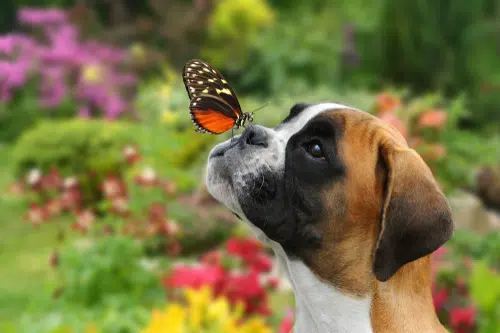
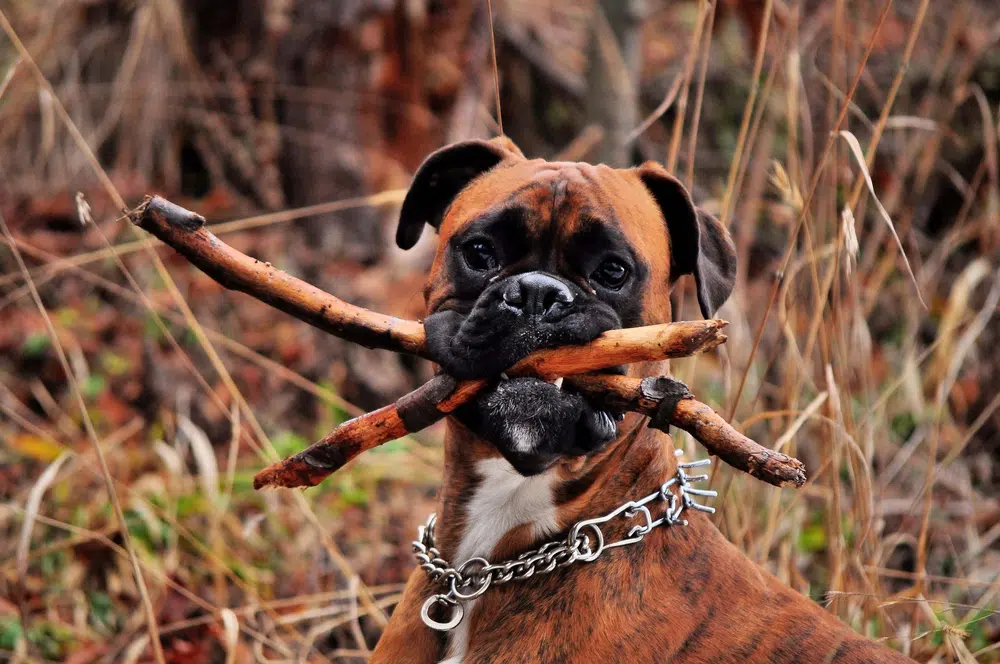

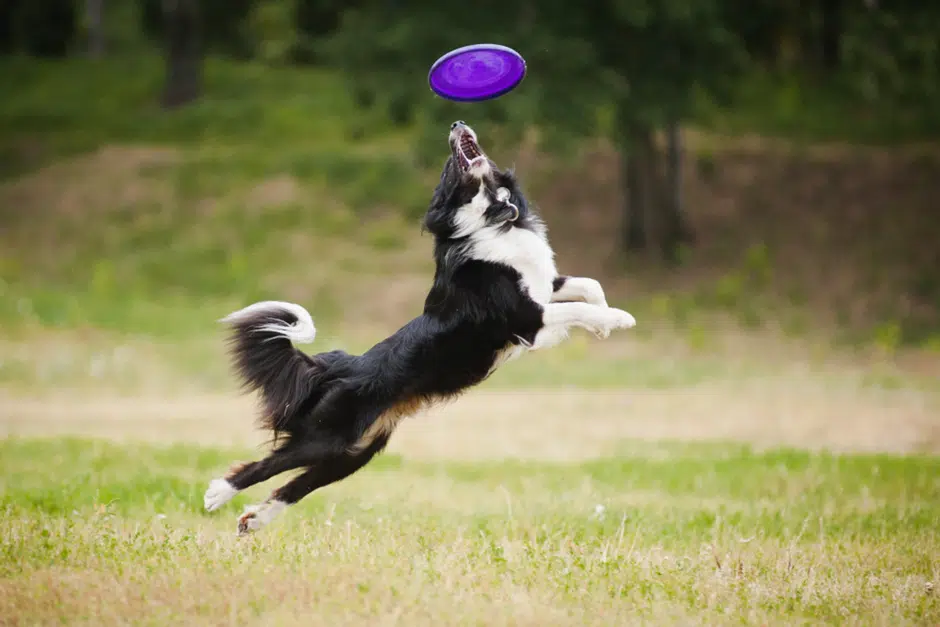
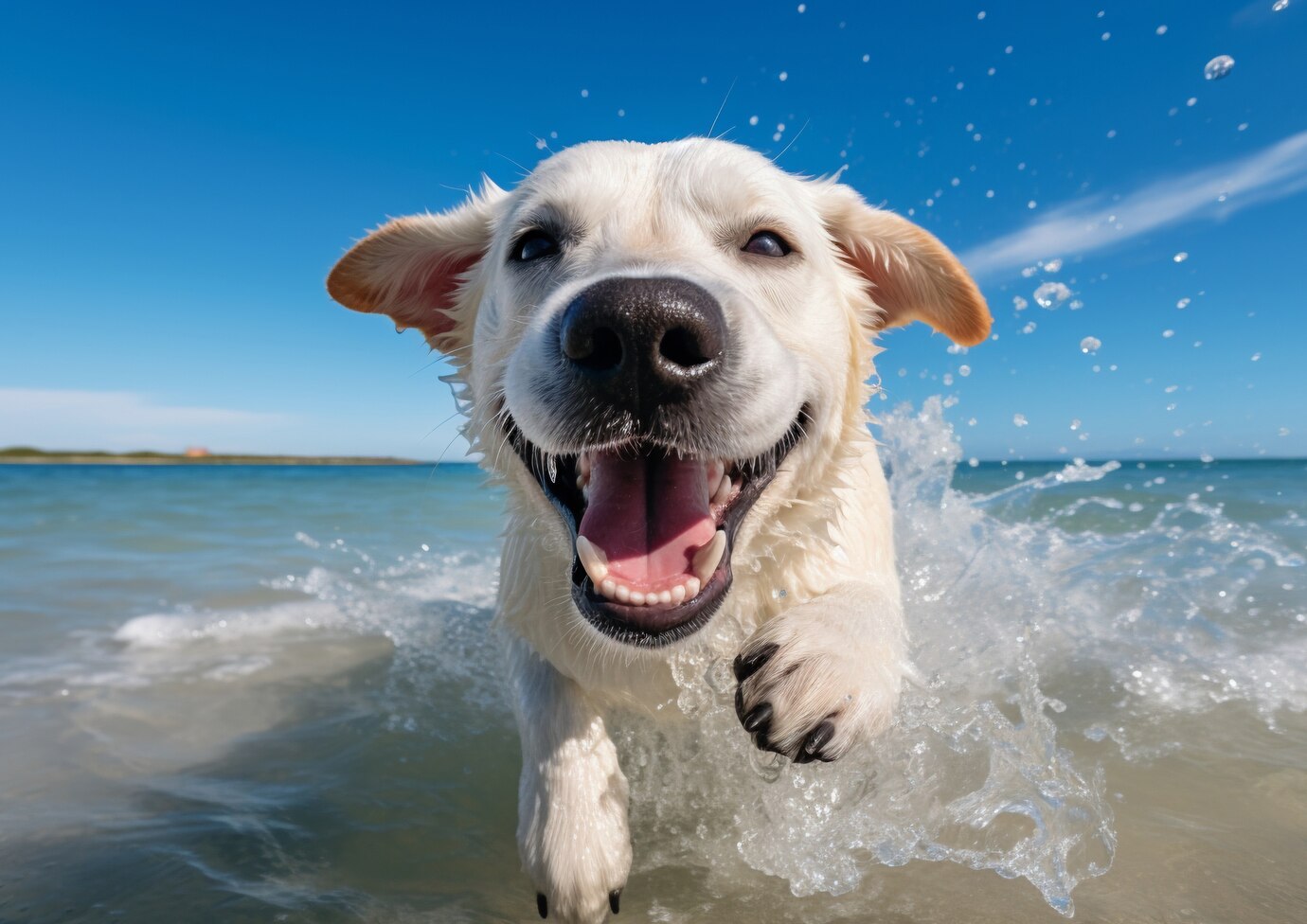



Get involved!
Comments